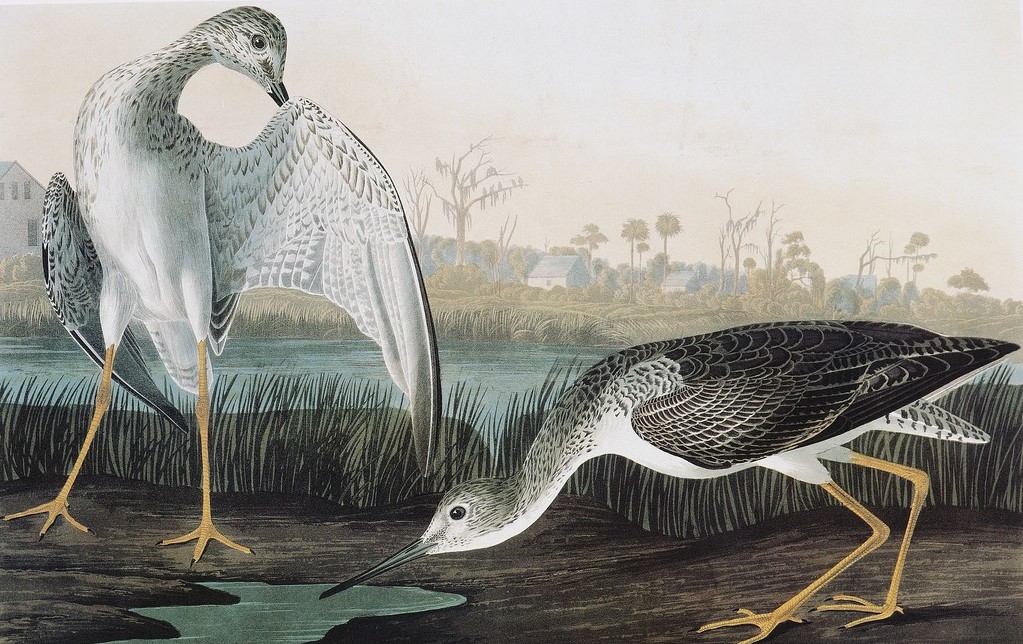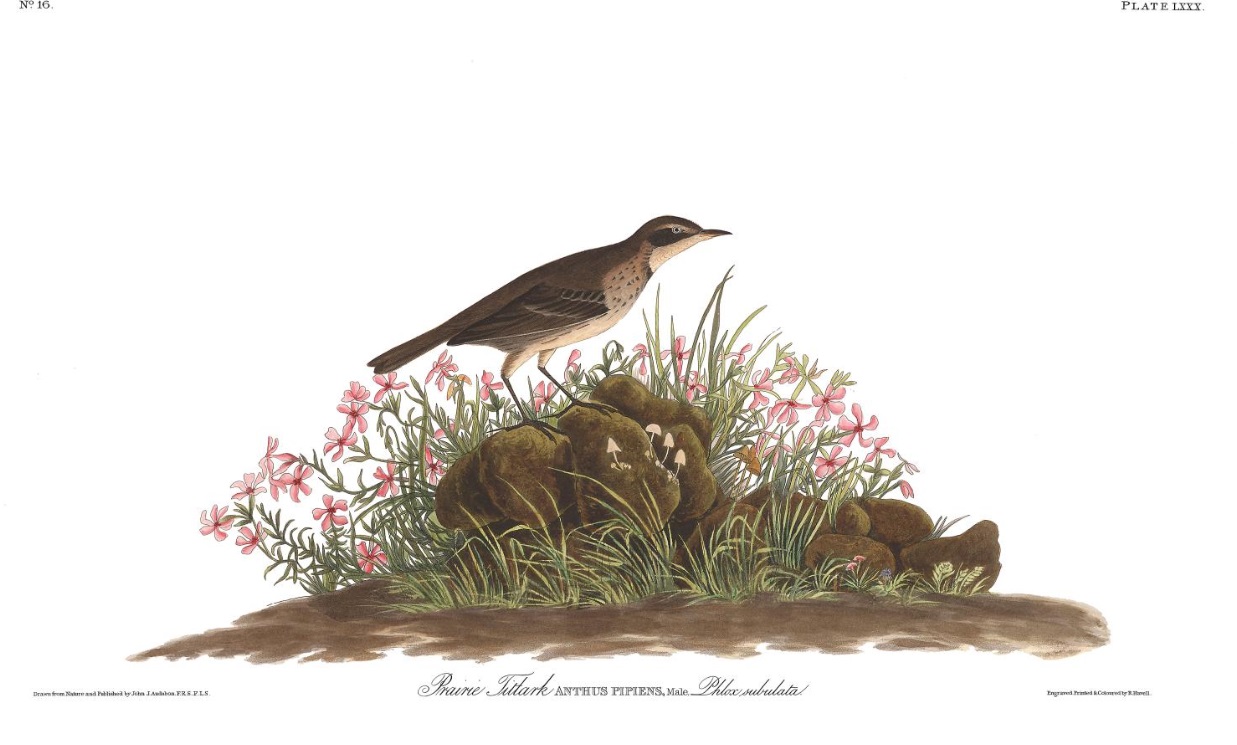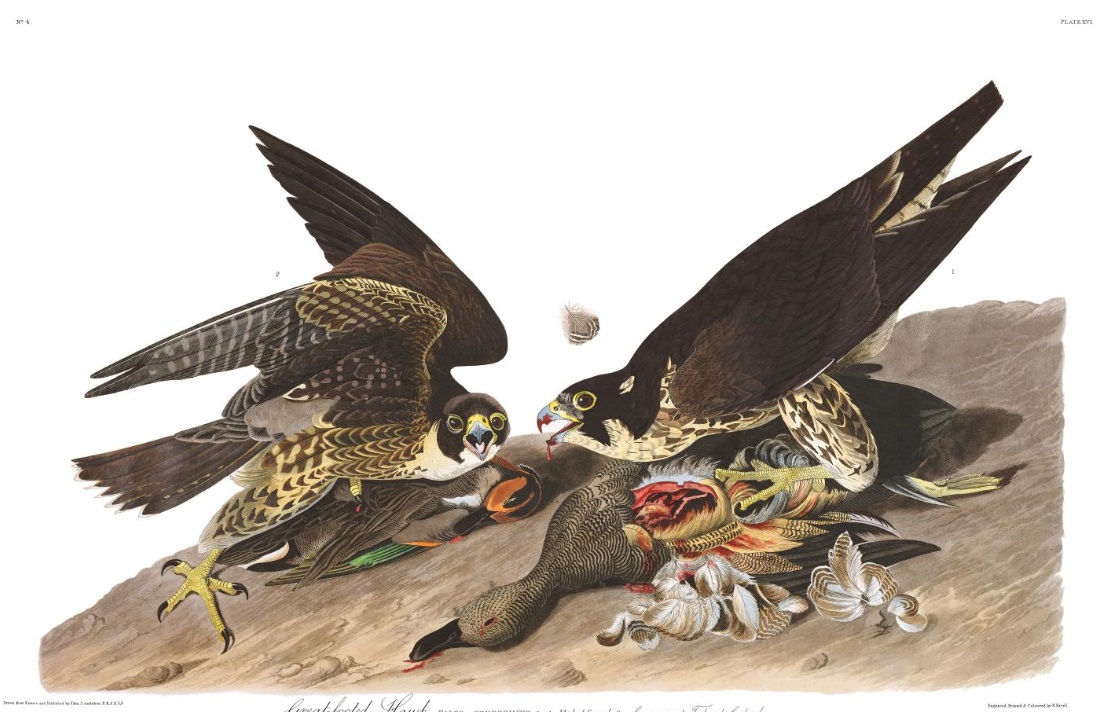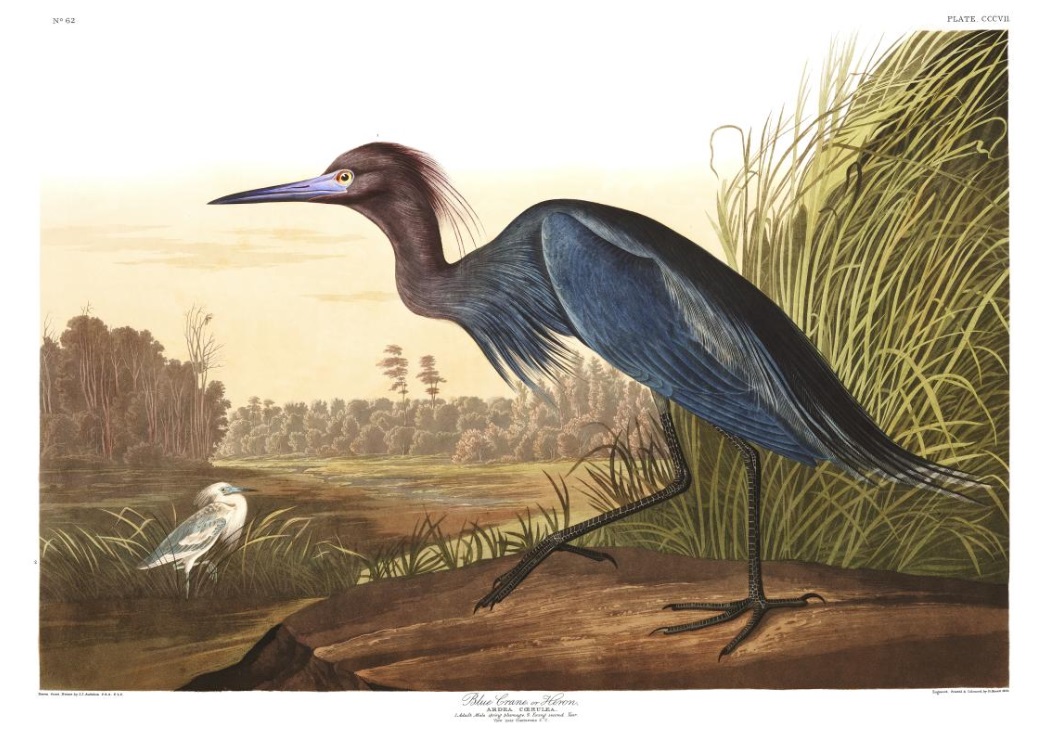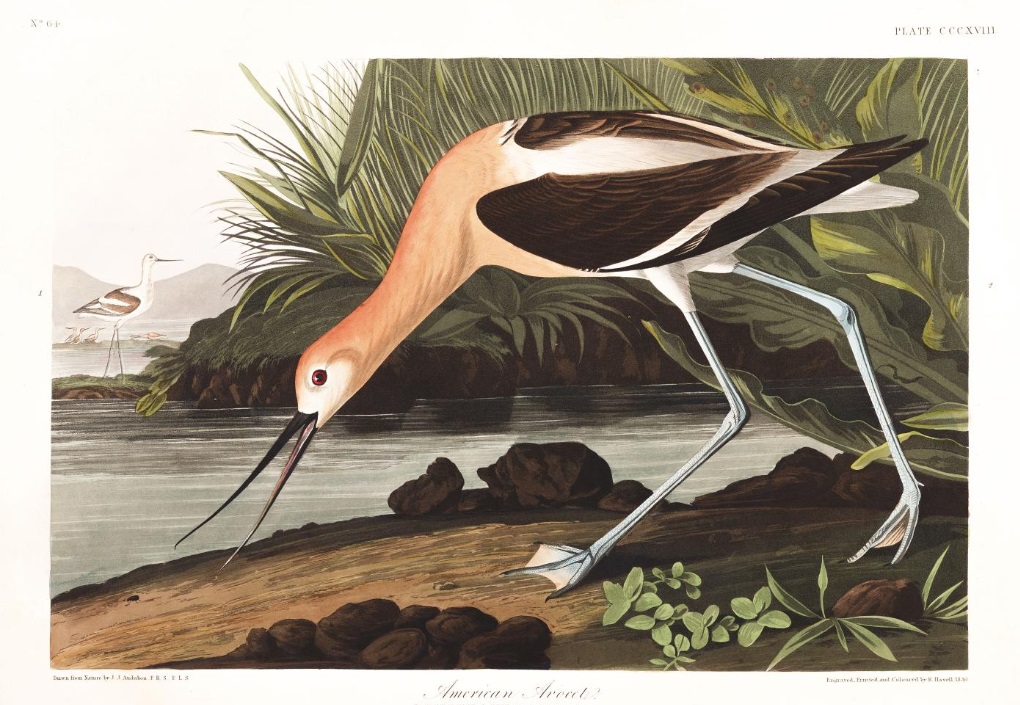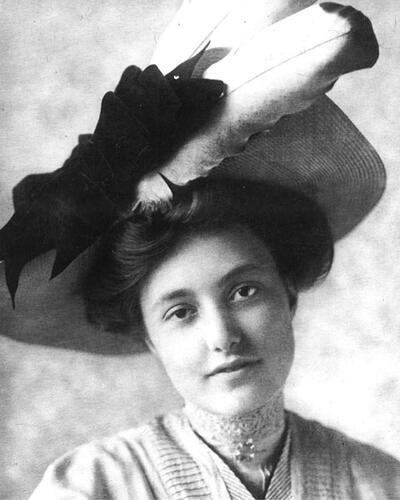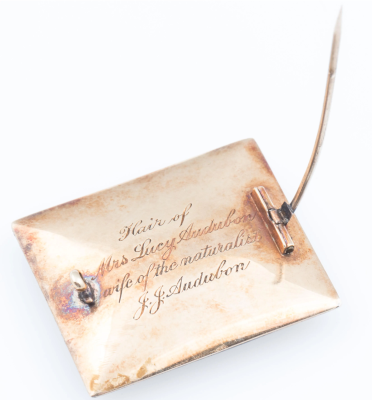The Birds of America
Celebrated as a self-taught artist and naturalist of unrivaled accomplishment, John James Audubon’s name has long been associated with environmental conservation and citizen science. Until recently, many historians and biographers glossed or ignored facts about Audubon’s life that complicate well-known narratives: through the course of his life, Audubon enslaved as many as 9 people of African descent and was dismissive of the work of Abolitionists in the United States and the United Kingdom. Audubon has frequently been described as a fabulist and a teller of tall tales; such language has obscured or excused Audubon’s sometimes-questionable scientific practices (including at least one example of outright dishonesty). Audubon was the illegitimate son of a Frenchman living on a Caribbean sugar plantation and his chambermaid. Audubon’s mother, Jeanne Rabin, is often described as “creole,” suggesting she may have been a person of color. Professional ornithologists and hobbyist birdwatchers are now confronting these realities about John James Audubon (as in this article by J. Drew Lanham from the spring 2021 issue of Audubon Magazine: What Do We Do about John James Audubon?). For complete citations to articles linked here and additional readings, see Curator’s Reading: What Do We Do about Audubon?.
Research Notes
View images and information about Audubon at Beinecke shared via social media: Audubon at Beinecke on Twitter & Audubon at Beinecke on Instagram
